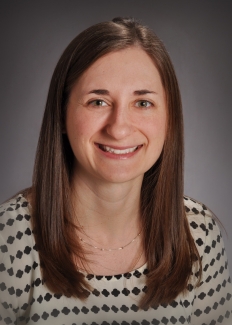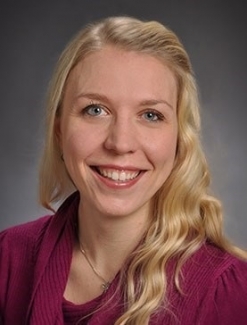Photo credit: Children's Hospital of Wisconsin's Pressure Ulcer Prevention Team poses with its Excellence in Skin Safety award from 3M.
Despite common belief, pressure ulcers don’t only affect adults. Infants and children are also at risk. But an innovative, peer-to-peer education model at Children’s Hospital of Wisconsin has greatly reduced the chances that their vulnerable patients will suffer from these serious wounds.
Changes to how clinicians assessed and treated pressure ulcers began around 2009 in the hospital’s pediatric intensive care unit (PICU), Rebekah Barrette, R.N., and Melissa Bennetts, R.N., co-leaders of the organization’s Pressure Ulcer Prevention Team, tell FierceHealthcare during an exclusive interview.
The results were so successful (a decrease of pressure ulcer incidence in the PICU by 65 percent) that last year the hospital--one of the nation’s leading Level I Pediatric Trauma Centers--expanded the program to all inpatient units. Since then, the organization has seen a decrease in serious pressure ulcers (deep tissue injuries, Stage 3, Stage 4 and unstageable) by 40 percent, with deep tissue injuries alone dropping by 60 percent.
In fact, the organization-wide results are so impressive that 3M recently recognized the team's peer-to-peer education model with an award for excellence in skin safety.
The hospital’s quest to reduce bed sores started seven years ago when the organization took part in a national study with other children’s hospitals about skin breakdowns associated with 18 skin conditions. At the time, the rate at Children’s Hospital of Wisconsin was about the same as the national average of 12 percent.
The hospital established a small team at its PICU to work on reducing pressure ulcer risk factors and occurrences. The work began there because of the tendency for patients in that unit to experience skin breakdowns. After notable success in that unit, in 2015 it expanded to an organization-wide effort.
One nurse from every inpatient unit is now part of the Pressure Ulcer Prevention Team, which provides training to ensure that nurses are aware of primary issues that may affect a patient’s recovery and take steps to prevent the skin from breaking down. In addition, the team has developed specific prevention bundles for children at high risk of the sores and developed a real-time data collection system to assist in connecting the change in practice to improved patient outcomes.

It’s now standard procedure to conduct a pressure ulcer assessment for all patients upon admission, according to Barrette, a wound and skin care clinical nurse specialist. Every nurse is trained to do a full assessment, and each unit has a designated bedside nurse who has additional training and serves as a “skin champion” to further assess patients each day for risk factors and watch for skin issues throughout their hospital stays.
Both Barrette and Bennetts, a doctor of nursing practice who is certified as an acute pediatric nurse practitioner, say the dedicated skin champions are essential to the prevention program because they can implement interventions when necessary and provide feedback to nursing staff. These champions, who conduct weekly rounds, are typically staff members who have leadership qualities and are known within the unit. In some cases, they may have identified a skin issue and brought it up to the nurse manager.

Support from the executive team was vital and the reason why the program was able to expand throughout the hospital, says Bennetts. Leaders also recognized the need for ongoing education to maintain compliance. “The top-down support was influential because they realized we can prevent these issues for all of our patients,” she says.
For organizations interested in reducing their own incidents of pressure ulcers, Barrette suggests that they collect data to show the leadership team the need for a prevention program. “Because we were able to show the difference we made in the PICU they [leaders] recognized the results we could have if we merged the team hospital-wide,” she said.
The team now collects monthly data unit-to-unit as well as hospital-wide, Bennetts says.
And though the two meet each month to look at the data, Barrette says she can see the culture changes when she conducts unit rounds. Staff have embraced the culture of safety and prevention of skin issues. “Instead of me asking what they are doing, they come up to me and tell me, ‘this is what I’m doing,’” she says.